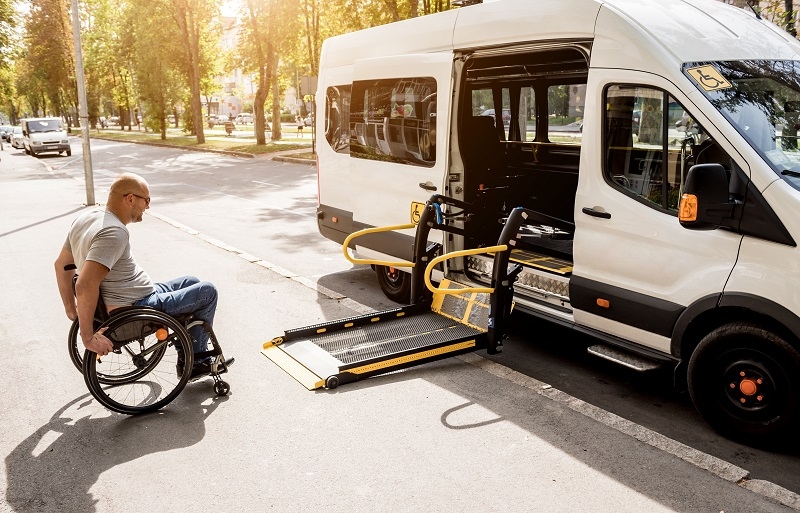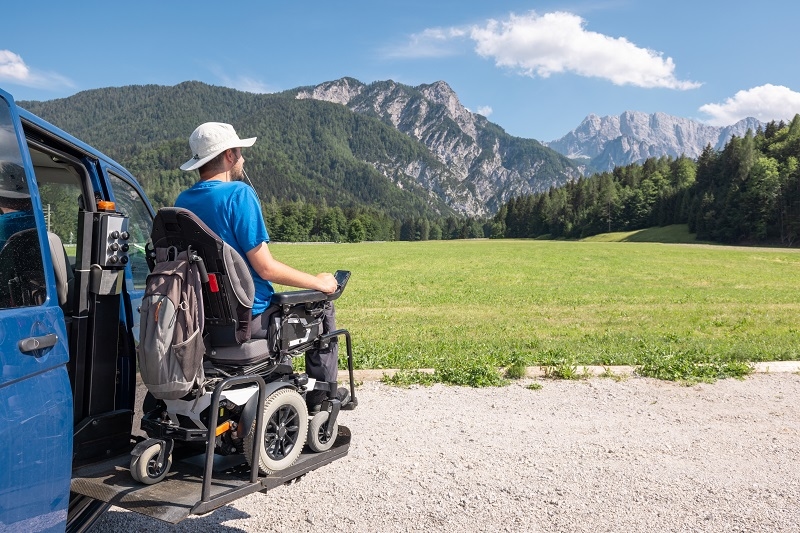
When you think about independence, it isn’t only about where you can go on foot. For people who rely on wheelchairs, the real game changer is a wheelchair accessible van. These vans don’t just move you from point A to point B—they give back the freedom to travel on your own terms. In this piece, I’ll walk through the types of wheelchair vans, what specifications actually matter, the core features of a wheelchair accessible van, and the personal mobility conversion features that turn a standard ride into something life-changing.
A wheelchair accessible van is not a regular van with a ramp bolted on. It’s a vehicle built or converted so someone using a wheelchair can enter, exit, ride, or even drive without hassle. The design takes into account door openings, ramp angle, headroom, seating, and the securement system that locks the wheelchair safely in place. When done right, these vans don’t just make travel possible—they make it practical and comfortable.
Not all vans are the same, and understanding the types of wheelchair vans makes choosing one easier.
Both options have their fans, and both qualify as full wheelchair accessible vans. It’s really about lifestyle—who drives, where you park, and how you plan to use it daily.
Must Read: Top 5 Minivans for Comfort and Convenience
When you look at brochures or dealer sheets, the numbers can get overwhelming. Here are the wheelchair van specifications that actually matter:
Those wheelchair van specifications aren’t just numbers. They determine how usable the van will be every single day.

What makes one van more comfortable and practical than another comes down to features. Some must-haves in a wheelchair accessible van are:
Each feature of a wheelchair accessible van adds convenience, but more importantly, it adds confidence to every ride.
Explore More: Ford Mini Vans: Revolutionizing Space, Comfort & Power
Most vans don’t roll off the factory line ready for wheelchair use. That’s where personal mobility conversion features for wheelchair vans come in. Modifications of these types turn an average van into one that really works for its owner. Some of the most popular features offered in conversions include:
Personal mobility conversion features for wheelchair vans are not a one-size-fits-all approach. They are customized to meet the exact needs of the individual, thus making the van more than just accessible—it becomes personalized mobility.
A few models keep showing up as favorites among users:
Each represents a different approach to a wheelchair accessible van, proving there’s no single right answer—only the right fit for the user.
Let’s be honest: these vans aren’t cheap. Between the base vehicle and conversion, the price can climb quickly. But the trade-off is independence. Grants, financing, and assistance programs can ease the cost, and resale value tends to hold up better when the van is from a trusted brand and a reputable conversion company.
You may also like: Top Minivans for Camping & Vanlife Adventures
A wheelchair accessible van isn’t just a vehicle—it’s freedom on wheels. The choice comes down to matching the right type of van with the right specifications and the right set of conversion features. Get those three things lined up, and the result is more than transportation. It’s independence, comfort, and the ability to move through life without relying on others.
This content was created by AI